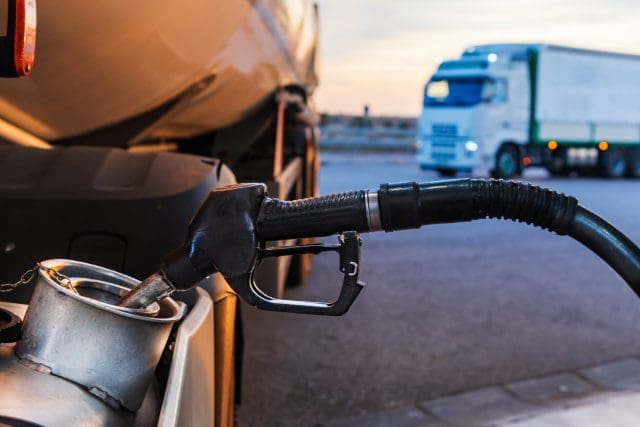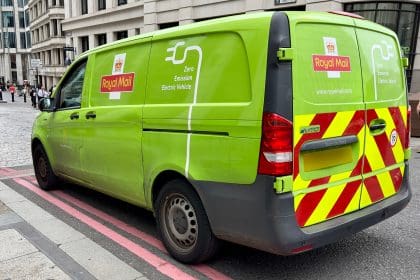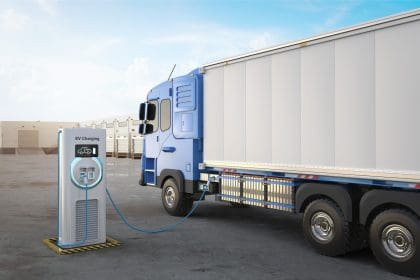Drivers are being warned not to take their eye off the ball when it comes to their fuel spend as prices can go back up as quickly as they have come down. It is particularly important for fleet operators who feel a much bigger impact from any changes.
And fleets are being warned changes are expected to carry on as the volatility in oil prices continues, despite the US-UK trade agreement reached yesterday, as other economic and political factors put pressure on prices.
Demand
Fleet News reports that while Brent crude has been in a strong downtrend over the past few months – falling from its $82.42 a barrel high to its current level of around $66 dollars – oil-producing companies could soon turn off the taps to force prices back up.
Paul Holland, managing director for UK/ANZ Fleet at Corpay, told Fleet News: “Fuel prices coming down is good news and hopefully everyone’s going to see some benefit, but it’s really important nobody gets complacent, because this could change very quickly when major oil producing countries start reducing production.
“All of a sudden, we could find ourselves in a very different trend, which could be materially impacting people’s costs imminently.”
Fleet News reports that falling petrol prices drove UK inflation down by more than expected in the year to March, with the RAC’s Fuel Watch showing the average price of a litre of unleaded at 136.03p – nearly 4p down (3.6p) on the cost at the start of the month (139.62p), and diesel down 4p in March from 146.46p to 142.51p.
Despite a further drop of 2p a litre in April, the RAC still believes drivers are paying too much for fuel. RAC Fuel Watch last month expected both petrol and diesel to have fallen by a further 4p a litre because “oil traded significantly below $70 for the whole of April in contrast to March when it was above this level”.
Today, according to Fuel Watch, average prices are 133.49p per litre of petrol and 139.89p per litre of diesel. The RAC believes the average price of both petrol and diesel should be 4p lower still – about 130p for unleaded, and 136p for diesel.
Cautious
The fluctuations demonstrate why drivers and fleet operators need to be cautious about their fuel spend. Mr Holland warned: “I’d say to our customers, to anybody operating fleets, that trade wars are going to affect their operating costs in a very dynamic way.
“It is exceptionally volatile, and sometimes it’s quite difficult for fleet operators and members of the public even to understand the dynamics.”
The current climate follows a turbulent five years, with Covid, the war in Ukraine and tariffs now impacting world trade.
Mr Holland welcomed UK tax incentives to encourage fleets make the switch to electric vehicles, but said longer-term initiatives are needed for it to be a success.
He said: “With longer-term initiatives, businesses will commit, they will then drive manufacturers to invest more in technology, and we’ll end up with a much faster acceleration into what would be a more sustainable long-term position.
“We should always look to the big fleet operators to help us lead the way on innovation, because they’ve got the scale and the application to be able to test and learn and to be able to drive the market in that way.”
Changing fuel prices is one of the biggest variables fleet operators and professional drivers face. While they can budget for fixed costs such as fleet insurance, taxi insurance and licensing fees, the amount of fuel they need depends on how much they use their vehicle – and the price it costs to fill up each time is down to factors beyond their control.
This is why it is important to keep close eye on fuel use and costs to see where efficiencies can be made. And, the bigger the operator or fleet, the bigger the savings.




